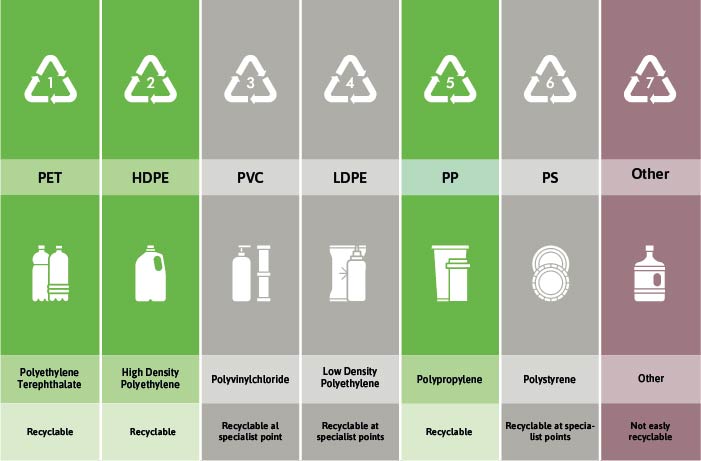Glass bottles do not find use in our production for several reasons.
Firstly, they are not favourable to Hela's food safety concept. It is too easy for glass splinters to get into our products. Also, for space and storage reasons, we would need larger premises, which would lead to higher energy expenditure. In addition, the higher weight of glass bottles compared to plastic would contribute to increased fuel consumption. With plastic containers, it is also possible to bring them to their final size on site at the production line, which means that considerably fewer truck journeys are needed compared to glass containers (approx. 6 times less) and thus a massive CO2 saving is achieved on the transport route. These factors alone favour a negative impact on the environment. In addition, glass bottles are translucent. This in turn requires special storage and can have an impact on the ingredients in our products. As product protection cannot be carried out as effectively with glass, this results in shorter best-before dates and thus possibly in the premature destruction of food that has not been consumed in time.
Also, glass packaging does not directly mean a recyclable packaging alternative. Glass that is only used once (which is the case with most products), such as a pickle jar or a wine bottle, is thrown into the glass container after use and not reused. The production and recycling of glass requires a very high energy input in the form of high temperatures to melt the raw materials (such as sand). This process produces very high CO2 emissions, which are many times higher than in the production of plastic. The crushing and reprocessing are also very costly and requires a lot of energy.

